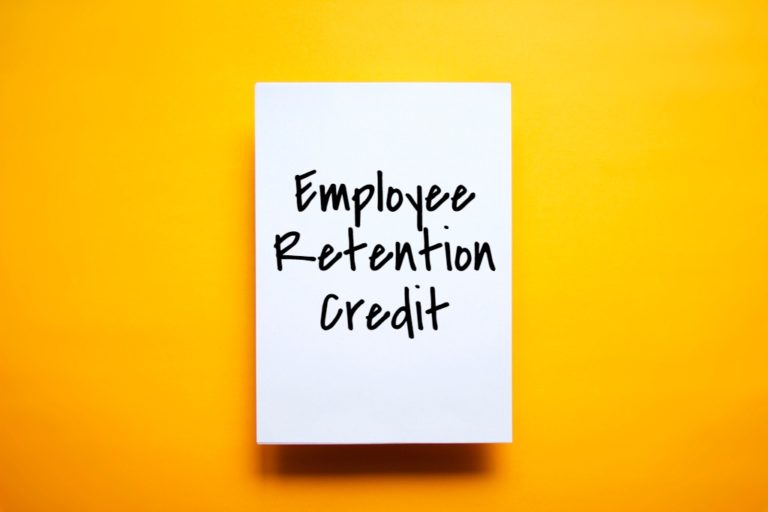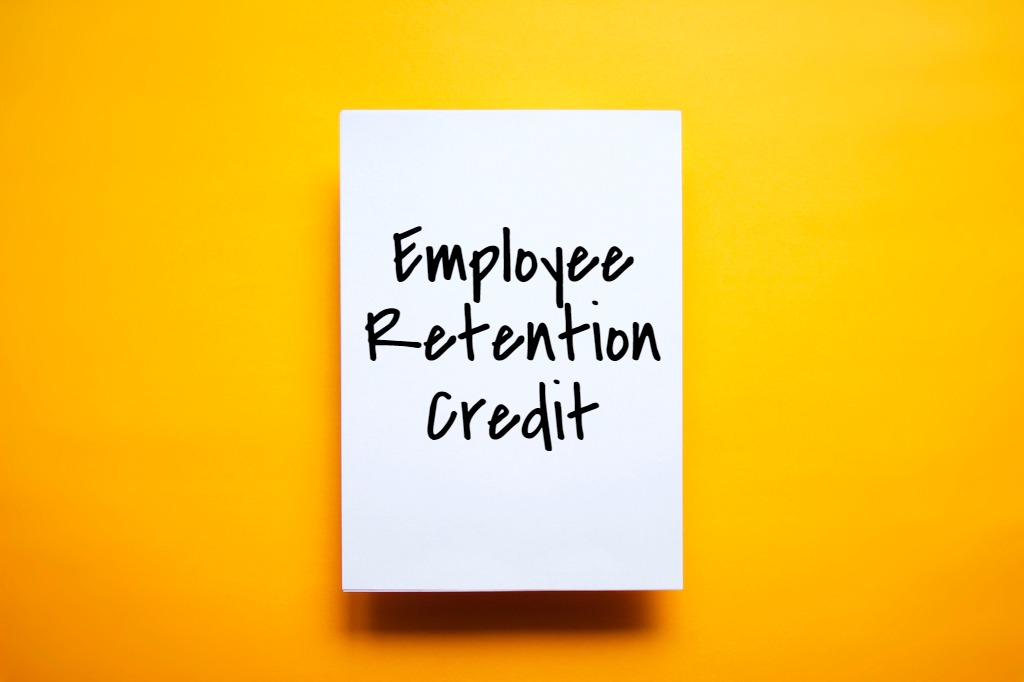Update as of March 11, 2021:
President Biden signed the American Rescue Plan Act of 2021 (ARP) on March 11, 2021. The ARP extends the ERC through the end of 2021. The ARP also allows employers to use the ERC against the Sec. 3111(b) Medicare tax after June 30, 2021.
Original article was published on March 2, 2021:
The Employee Retention Credit (ERC) was established under the CARES Act legislation enacted in March of 2020. Since its inception, the ERC has continued to evolve. While there’s a significant amount of information out there for businesses to digest, it’s worth the effort because the savings can be significant.
For qualified wages paid in 2020, the ERC is up to $5,000 per employee. For qualified wages paid in 2021, the ERC is up to $7,000 per employee per quarter. Since the Consolidated Appropriations Act, 2021 (CAA), legislation enacted in December 2020, extended the ERC through the first two quarters of 2021, you could receive up to $14,000 per employee for 2021. The CAA also modified the eligibility and program terms for the credits claimed against qualified wages in 2020 and 2021 and allowed PPP loan recipients to claim the ERC, as long as wages are not claimed as a double benefit.
On March 1, 2021, the IRS issued Notice 2021-20, which provides clarity and new ERC guidance as it applies to qualified wages paid after March 12, 2020, and before January 1, 2021. There are several key points within this guidance and recently enacted legislation for employers to consider.
Paycheck Protection Program (PPP) & disallowed payroll for the ERC – Notice 2021-20 clarifies that wages used for PPP forgiveness, up to the loan amount, can not be used for the ERC. This clarity brings good news to the many businesses that submitted payroll in excess of the loan amount on the forgiveness application to make sure they would have more than enough payroll for forgiveness. The Notice indicates that, if a business had nonpayroll costs that could have been used in the forgiveness application, but chose to include only payroll, they cannot reduce the payroll used in forgiveness by these nonpayroll costs when determining how much payroll is disallowed for ERC. The business must use what was in the forgiveness application, up to the loan amount. If a business submitted both payroll and nonpayroll costs in the forgiveness application, they can consider those nonpayroll costs when determining how much payroll to exclude for purposes of ERC.
Defining “Governmental Order” – The Notice also clarifies that eligibility based on a full or partial shutdown due to a government order includes health-department mandated closures for cleaning and disinfecting due to COVID.
Defining “Small Eligible Employers” – For ERC purposes, a “small eligible employer” employed 100 or fewer average full-time employees in 2019. A “full-time employee” is an employee who averaged at least 30 hours of work per week or 130 hours of work for the month in any calendar month in 2019. Qualified wages include all wages paid to employees, including healthcare expenses to the extent they are excluded from gross income of the employees, and businesses may also use healthcare costs paid on behalf of furloughed employees. Both the employer and employee pre-tax portion of health plan expenses are qualified wages; however, HSA contributions are not considered eligible health plan expenses.
Defining “Large Eligible Employers” – For ERC purposes, a “large eligible employer” employed more than 100 average full-time employees in 2019. A “full-time employee” is an employee who averaged at least 30 hours of work per week or 130 hours of work for the month in any calendar month in 2019. For large businesses, qualified wages are wages paid to employees when they did not provide services and do not include vacation or other leave paid pursuant to their existing leave policy.
ERC Calculation & Rules of Aggregation – The ERC is calculated at the group level, including affiliates. Affiliates may include parent/subsidiaries, brother/sisters, and combined groups. All entities that are members of a controlled group of corporations or a group of entities under common control under the rules in section 52(a) or (b) of the IRS’s internal revenue code (IRC), members of an affiliated service group under IRC section 414(m), and entities otherwise aggregated under IRC section 414(o) are considered a single employer. If one member of the group is fully or partially shut down, the entire group is eligible for the ERC.
Resources for Claiming the ERC – To help businesses understand these changes further and ensure their credits are claimed in compliance with the latest legislation, ARB has created a Quick Reference Guide that summarizes the latest legislative changes and guidance issued for the ERC, outlines key provisions affecting 2020 and 2021 differently, and provides businesses with flowcharts to assist in determining eligibility for 2020 and 2021.
Download ARB’s Quick Reference Guide to the Employee Retention Credit
And listen in as David Jean interviews me on the ever-changing Employee Retention Credit.
Listen to ARB’s Podcast on the Employee Retention Credit
If you have questions or want to explore how amending your PPP Loan Forgiveness Application would affect your ability to benefit from the ERC, contact me today.
Visit our COVID-19 Financial Resource and Tax Center for information on related matters. Businesses can also find information about the ERC on the IRS’s Employee Retention Credit FAQ Webpage.
by Holly Ferguson, CPA

Holly Ferguson joined ARB in 1996 and has been a principal for the firm since 2012. Throughout her career, Holly has provided financial reporting consulting services, assisted with transactional accounting and consulting related to business acquisitions/sales, and analyzed implications and strategic implementation of new accounting standards. As the Practice Leader of ARB’s Accounting & Attest Services Team, she focuses primarily on related services for businesses, manufacturers, credit unions, and nonprofit organizations.






